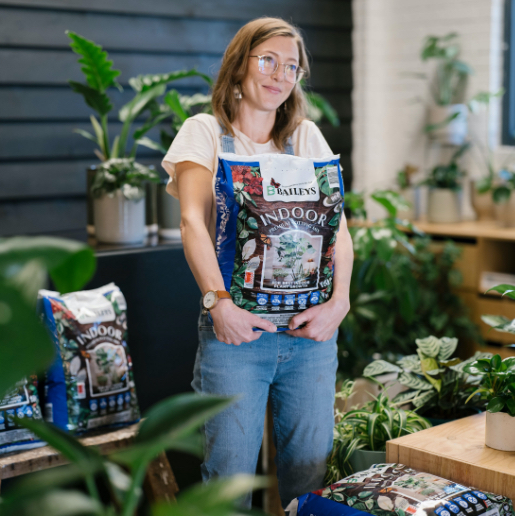
Join our Great Gardens Club!
Sign up to enjoy 15% off your first purchase from Baileys online. Plus, get our monthly WA gardening tips, latest news and promotions straight to your inbox.

Sign up to enjoy 15% off your first purchase from Baileys online. Plus, get our monthly WA gardening tips, latest news and promotions straight to your inbox.
Autumn in Perth is like a second spring, and March is the ideal time to plant almost anything, including new shrubs, trees, ground covers, fruit & citrus, seeds for cool-season veggies and bulbs for a beautiful spring show. Feed the whole garden as warmth and moisture to make plants leap into growth and flower is readily available. Use a broad-spectrum, organic-based plant food like Baileys Soil Matters Garden. Happy Gardening!